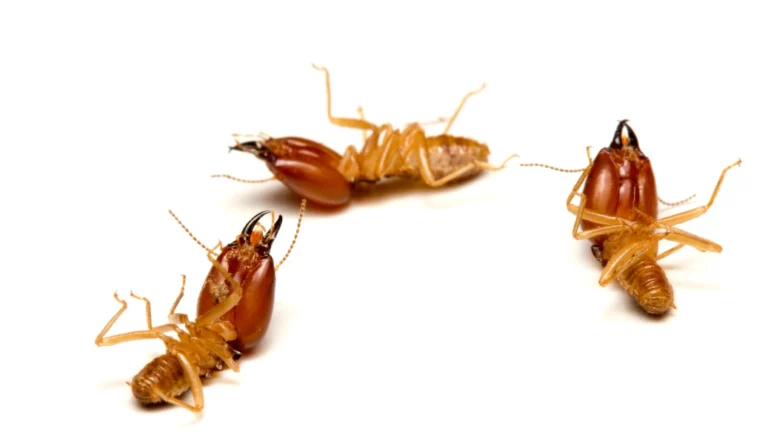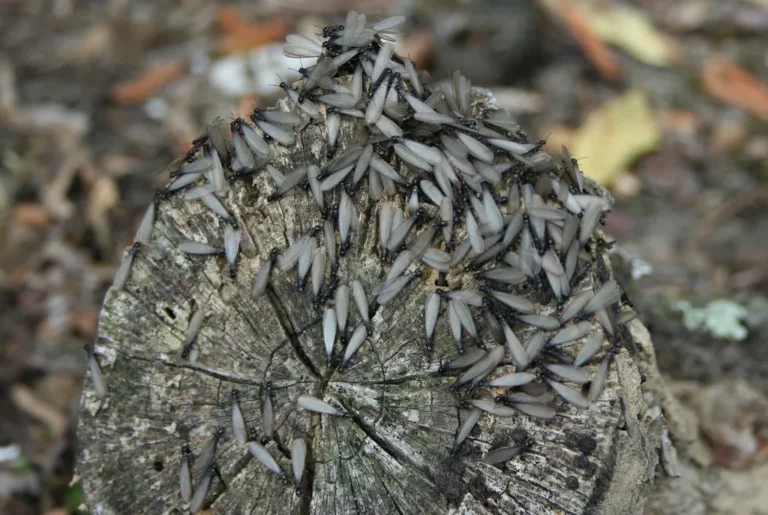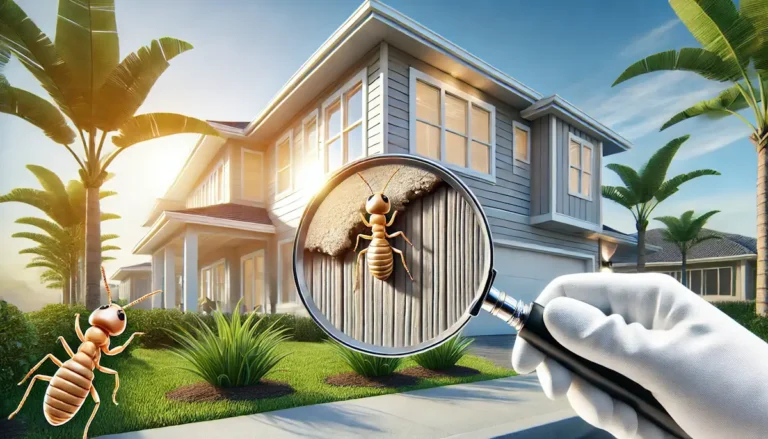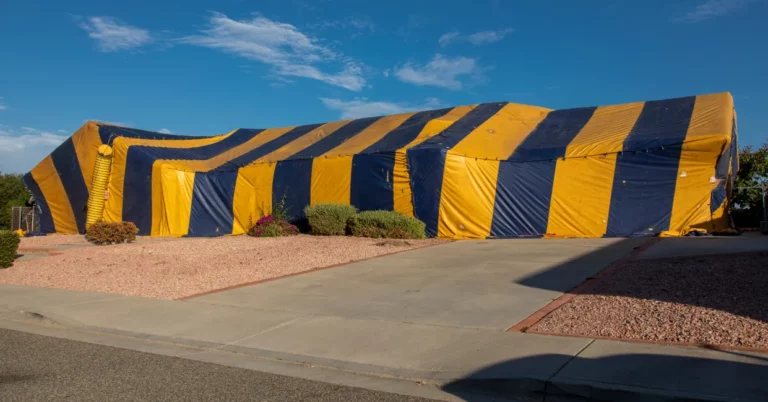Table of Contents
ToggleYour home is more than just a structure; it’s a place where your family’s memories and prized possessions are kept. Ensuring that your home is protected and well-maintained is crucial. Homeownership comes with a host of issues and responsibilities, including replacing old kitchen appliances and undertaking renovations.
Termites are a major challenge because they live in colonies and can cause a lot of damage. To protect your home from termite infestations, you need to use a regulated termite control treatment process. Creatures that eat wood can damage many things such as the foundation, framing, flooring, and even paper items like books. Termites cost homeowners over $2 billion annually to eradicate them.
Termites do not pose any direct threat to humans as they do not bite. It is still important to prevent their infestation in your home by undertaking a regulated termite treatment. This treatment offers protection to the construction and integrity of your property, deterring any future invasions that could cause significant damage
These pests can be problematic because they can go unnoticed in our homes for years. We may only recognize the signs of infestation after a long period of time.
Protect Your Home from Termites with Safe and Effective Treatments
There are times when a pest problem can escalate to such an extent that the sole remedy is tent fumigation. Infestations that become extensive, especially in areas that cannot be easily accessed, are what usually make tent fumigation an appealing choice.
Subterranean termites can hide in hard-to-find places inside homes, such as walls, attics, beams, or under floorboards. Fumigating a structure is a good idea. This is because the gas spreads all over the property and deeply penetrates the wooden areas where termites live and eat. This fumigant is genuinely gaseous, and once the property has fully aerated, no harmful residue is left behind.
To remove termites, the building is covered with a tent and treated with toxic gas to eliminate them and their colonies. Tenting for termites enables the gas to efficiently permeate the wood and exterminate the termites on the spot.
A team puts the tent over the house and connects a fan and hose to fill it with gas. This process can take up to two days, after which you can safely enter your home on the third day. The gas used in this treatment breaks down quickly, leaves no residue, and becomes harmless to humans and pets.
To prepare for the work, you may need to complete some additional tasks. This could include removing plants, trimming trees, disconnecting connected fencing, and storing your food and medication in special bags that we’ll provide.
Does Fumigating Get Rid of Termites?
While fumigation can successfully eliminate existing Drywood Termite infestations, it is not a preventative measure. This means that although it will eradicate active colonies, it doesn’t provide a safeguard against future ones. As a supplementary solution, contact wood treatments can be considered to deter potential invasions.
It can be tough to prevent and protect against Drywood Termite infestations because these colonies have many possible entry points. Although sealing cracks and maintaining wooden structures can minimize the chances of an infestation, it is not always enough.
To prevent Drywood Termites from infesting your property, it’s recommended to be proactive. This means treating the wood directly and keeping up with regular maintenance. These actions provide comprehensive protection against infestations. Read about other Termite Control Methods here!
Is Fumigating for Termites Safe
To eliminate termites, the tenting process for structural fumigation involves covering the entire building and using controlled pesticides. This process depends on a certified termite expert who has received extensive training and passed certification exams.
To guarantee the most secure termite fumigation practices, a proficient pest control expert can utilize a range of tools and instruments.
A device called fumiscope proves to be handy in determining the levels of fumigant gas present during the process of treatment.
It is important to detect and track gas leaks at the treatment site. This task can be achieved by using leak detectors.
To ensure the safety of both your family and pets upon returning home, it’s recommended to use a clearance device to check that the fumigant levels are low. These levels should measure at 1 part per million or less.
Household items are safe from fumigants and residue after they have been properly ventilated and decontaminated.
Advantages of Fumigation
- Killing Drywood Termites becomes more achievable when the appropriate application method is utilized, often surpassing the effectiveness of various local treatments.
- Provides a multi faceted solution to pest control by effectively eliminating a variety of pests simultaneously.
- This method gets rid of pests like termites, beetles, moths, cockroaches, bed bugs, and rodents. To get rid of bed bugs and other wood-boring beetles, more fumigant is needed.
- There is no requirement to search for sites where Drywood Termites are active.
- Detecting active Drywood Termites within a building is always a daunting task. However, this does not hinder the effectiveness of fumigation as it successfully permeates all wooden components of the structure.
At times, we understand that dealing with termites and the fumigation process can be intimidating. However, we’re always here to ease your apprehensions with any questions or worries you may have. Additionally, rest assured that you can rely on On Demand Pest Control for all your pest-related issues. We’ll inspect your home or office for free, make a plan to remove any pests and ensure they don’t return.




